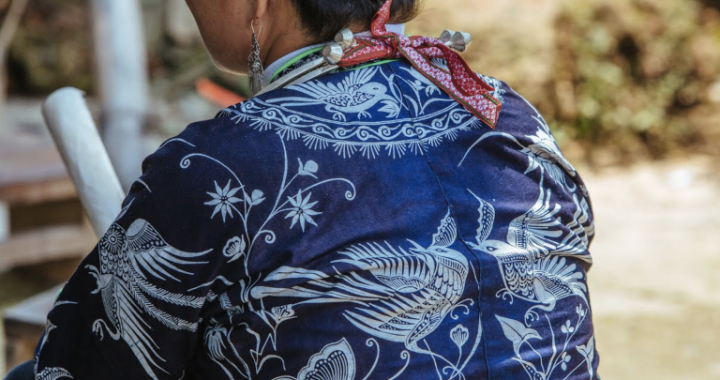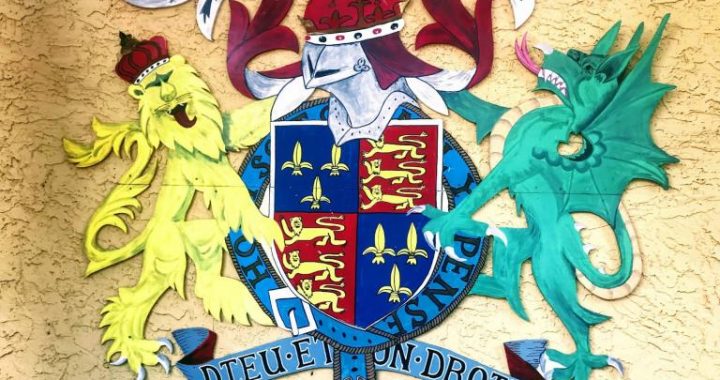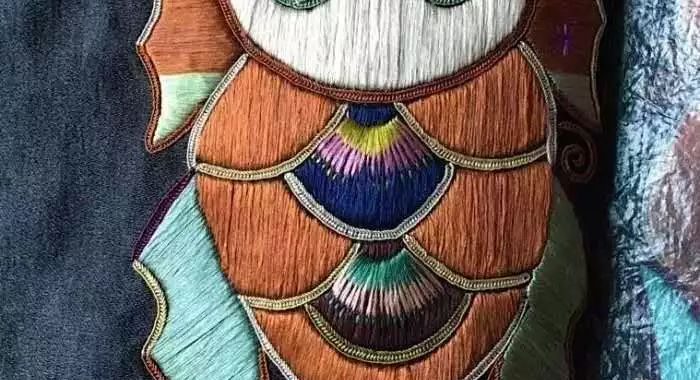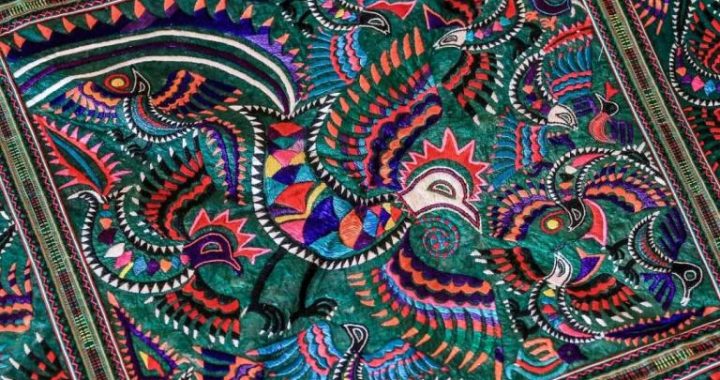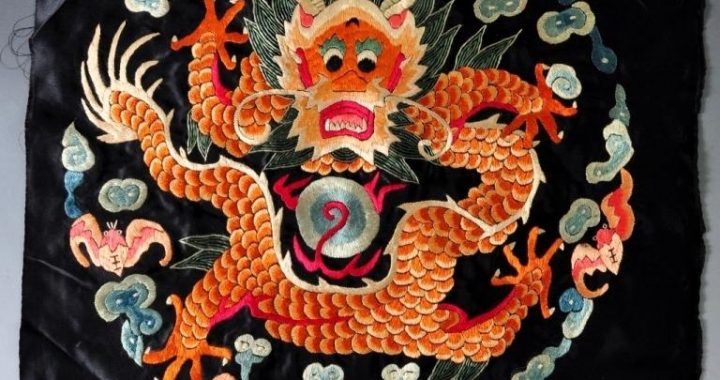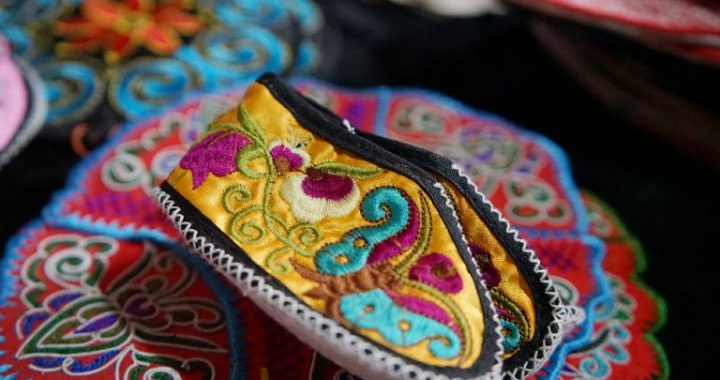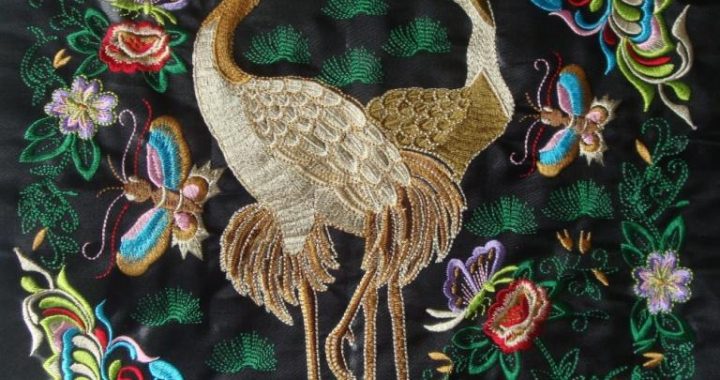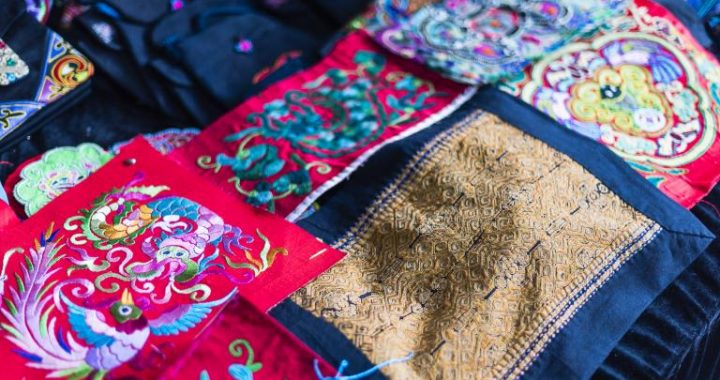Characters and Five Colors
2 min readAmong the excavated silk textiles of the Qin and Han periods, one piece of brocade is especially precious. It was found in a place called Niya along the Silk Road, which was the locus of the ancient Jingjue state. In the cemetery of Jingjueking, archaeologists found the “Prince of Desert”, who had this brocade on his armweaved with characters “Five stars rise in the east and benefit China”with silk threads right of five different colors.
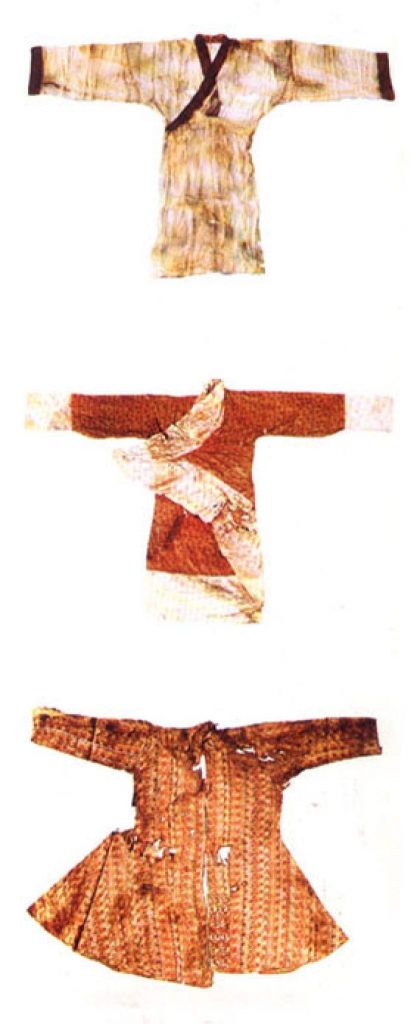
1) Characters
To weave characters on silk textiles was one of the main features of Han silk fabrics, and phrases such as “marriage between aristocratic families”,”five stars rise in the east”,”benefiting China forever”and “ease and longevity”were the commonly weaved ones. These phrases, which can be briefly classified into threecategories, thoroughly conveyed Chinese people’s yearn for immortality and the everlasting of their descendants.
The first category prayes for longevity of the owners and prosperity of their descendants, such as “longevity to benefit offspring”and”ease and longevity”.
This kind of propitious phrases enjoyed great popularity in the Han period, reflecting Chinese people’s wish for an eternal live during the stable social environment then, and their care for the wellbeing of offsprings.
The second category usually consists of only a few words, but all with special connotations, such as “Forever happiness and Mingguang brightness”,”Longevity and Mingguang brightness”,”Guangshan hil1″,”Weishan hill”etc. Mingguang is referred to the state when sun and moon rise together and everyone on earth is happy, while Guangshan and Weishan are probably the names of two immortal hills where deities The third category has more words, such as “Five star rise in the east and benefit China”,”Marriage between aristocrats benefits offspring forever”,”Climb high to watch the oceans, and wish the country noble, rich and everlasting”, etc. Among them, the first sentence was a term used in ancient soothsaying, where the five stars referred to Venus (planet of metal), Jupiter (planet of wood), Mercury(planet of water), Mars (planet of fire) and Saturn (planet of soil). It is a once in a millennium chance to see these five stars appear together in the eastern sky, thus believed to be extremely auspicious.
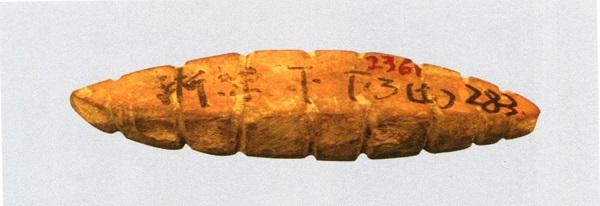
2) Five Colors
The Han ideology is also reflected in the color matching of its silk textiles.
Five colors are applied to weave samites in most of the cases, which correspond to the theory of Yin and Yang and Five elements popular in that time. As the theory suggests, the five colors, namely black, white, green, red and yellow, orderly corresponded to water, metal, wood, fire and soil of the Five Elements or five stars, or the five directions-north, west, east, south and middle. The “Five starsrise in the east and benefit China”samite is an extraordinary example of such practice, as it intentionally matched the five stars with each of the five colours.
